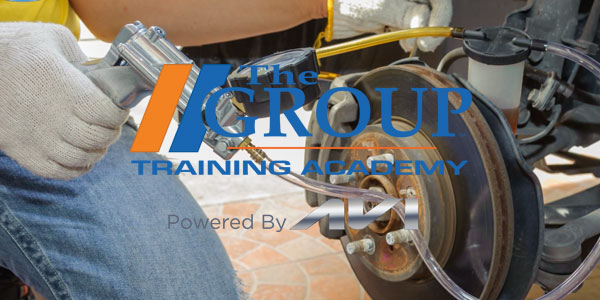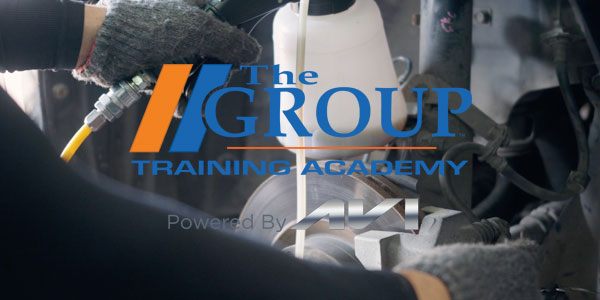Brake pads are considered a wear item because that’s what they do every time the brakes are applied. That’s why brake pads are not covered under most new car warranties. By the time a vehicle is three to five years old, it may need its first brake job — and in most cases, that means replacing the front brake pads and the rear pads or shoes. Rear brakes used to last two to three times as long as the front brakes, but no longer. Electronic brake proportioning on late-model vehicles reduces stopping distances but also makes the rear brakes work harder and wear faster than they once did.
Brake pads must be replaced when they are worn down to minimum thickness specifications, or when their built-in wear indicators scrape against the rotors. If the pads don’t have wear indicators and are making a scraping noise, it means the friction material has worn away entirely and the pads are rubbing against the steel backing plates. This can damage rotors very quickly and make it difficult for the vehicle to stop normally. Worn brake pads are dangerous, so repairs should not be postponed.
Replacement brake pads come in a variety of friction materials. Follow your friction supplier’s recommendations as to what type of pads they offer for a vehicle application, and always recommend the best friction material available for your customer’s vehicle. Premium brake pads typically offer the best wear resistance, superior noise control, increased fade resistance, more consistent pedal feel and optimum stopping power compared to standard or economy replacement pads. Some premium pads use different friction materials for the inner and outer pads to optimize braking performance. Some premium pads have special surface coatings to control noise and friction while the pads are seating in. Some pads also have internal or external noise suppression shims, coatings or other special design features to dampen vibrations and the potential for brake squeal. Some friction formulas (typically ceramic compounds) also reduce visible brake dust to help keep alloy wheels clean. Talk to your customer and find out which features are most important to them, then recommend a set of replacement pads that best suit their needs.
An often overlooked item that goes with brake pads is disc brake hardware. This includes the shims, springs and anti-rattle clips that may be needed to replace missing, damaged or severely corroded hardware on the vehicle. Many people don’t realize how important this hardware is for noise control.
Brake lubricant also is essential for lubricating the areas where the pads butt against the caliper mounting brackets, and for lubricating the caliper shims, slides and bushings.
Rotors don’t always have to be resurfaced or replaced when pads are changed — provided the rotors are relatively smooth and in good condition (no cracks and no hard spots or uneven wear that are causing pedal pulsations). They also must have adequate thickness to go another three or four years until the next brake job. Otherwise, your customer will need new rotors, too.











